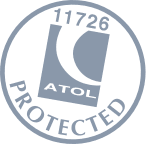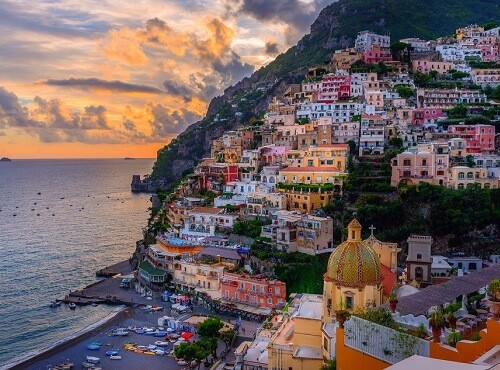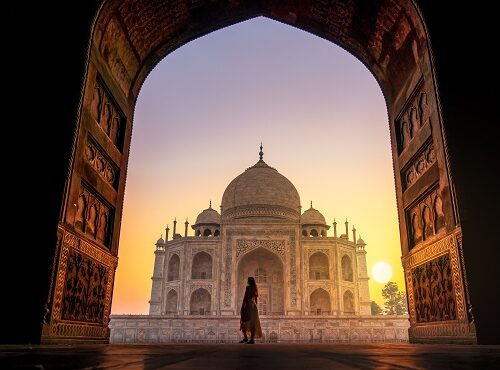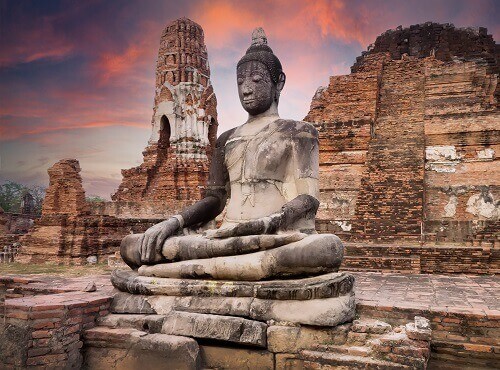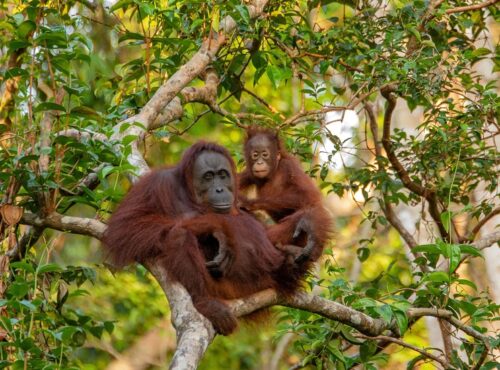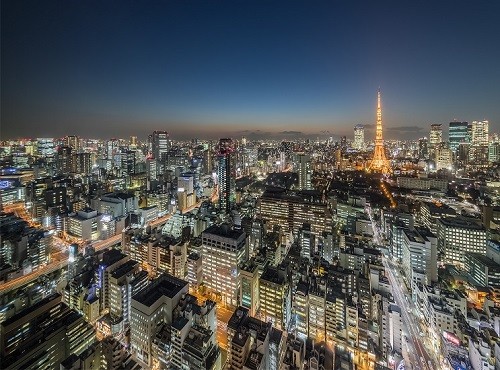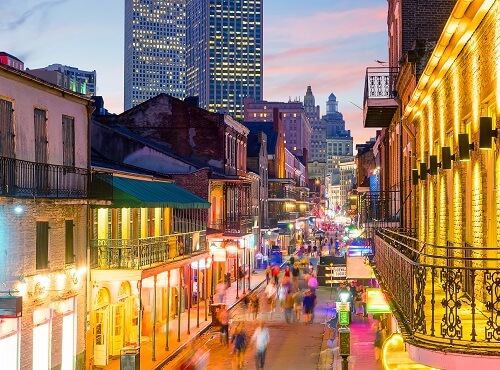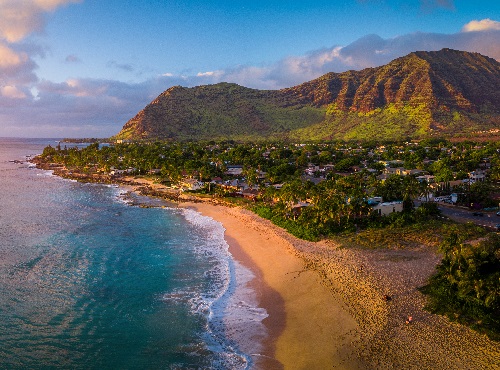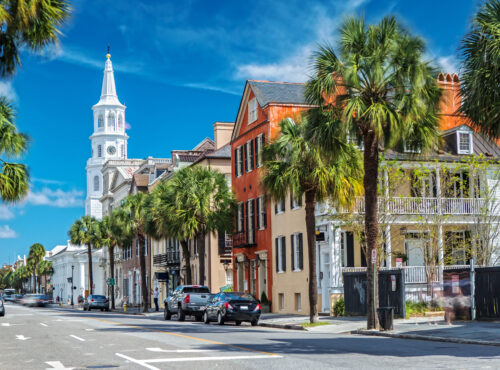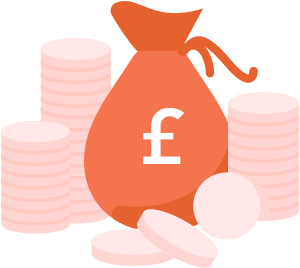While lounging around on one of Phuket’s picture-perfect sandy beaches is all well and good, however, this is far from the only thing to do here. There are a surprising number of cultural sites that you can seek out if you’re so inclined – we’ve put together some information about a few of the best.
Phuket Old Town
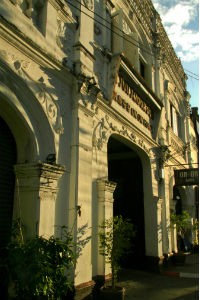
We’ll start really local, with Phuket Old Town. What many travellers don’t realise is that Phuket has a long and illustrious past that started well before package holidays existed. In fact, the island first rose to prominence as a trading port, with ships from the likes of China, India, Burma, Arabia and Persia all stopping here to shelter from monsoons.
One of the most notable events in Phuket’s history occurred in the late 18th century, when an army of Burmese troops surrounded the island and tried to take control of it. The locals rallied against them, led by two sisters – Chan and Muk – the former of whom was the widow of the island’s governor.
These two courageous ladies defended Phuket for 30 days with their hastily-formed army, eventually winning and repelling the Burmese. In recognition of their actions, they were granted noble titles – Chan became Thao Thep Kasattri and Muk became Thao Sri Soonthorn. The Two Heroines monument on the main road into Phuket Town was constructed in their honour.
After this episode, Phuket became a popular trading post for several European powers, including the Portuguese and the British. You can see their influence on Phuket’s architecture in the Old Town, along with hints of Chinese design as a result of the influx of traders from this nation at a similar time.
Simply wandering around the Old Town is a real delight. Take your time and make sure you look above street level to really appreciate the intricacy of the architecture. Among the buildings you should look out for are Baan Chinpracha, a mansion on Krabi Road; the colourful houses on Soi Romanee (once Phuket’s red light district); and Thai Hua Museum.
This latter spot is well worth further investigation, with the establishment home to fascinating exhibits about the island’s Chinese heritage, as well as screening short videos providing greater details on Phuket’s history as a whole.
Wat Phranang Sang

Aside from being a truly beautiful and tranquil building, what makes this temple so special is the tin Buddha statues it contains. These are incredibly old and are known as the Three Kings – you can see them positioned in the midsections of three larger statues within the temple.
There are also wonderfully intricate murals depicting scenes from Buddha’s life adorning the inside of the temple, so if you only plan to visit one place of worship during your time in Phuket, make it this one.
Phuket’s Big Buddha
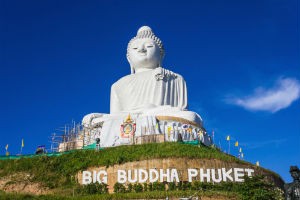
As this statue stands some 45 m tall and is positioned on top of a hill, it’s pretty hard to miss the island’s Big Buddha. Getting a close-up look at the vast white marble statue is well worth it though, because it’s incredibly beautiful. It’s also situated in a very peaceful spot, where you can enjoy a few moments of quiet contemplation – quite a change from the busy streets and bustling beaches.
Another advantage of making the journey to see Big Buddha is the views you’ll have from this vantage point. From the hill, you can enjoy a 360-degree panorama across Phuket and will be able to pick out Chalong Bay, Karon Beach and Phuket Old Town from up here.
Wat Kajonrangsan
There are many incredible Buddhist temples in Phuket, but we’d like to round off by telling you about Wat Kajonrangsan. This particular temple is unusual in terms of its architecture, being the only temple in Phuket that is built in a Roman style.
It features some stunning Thai pagodas, as well as unique dome-shaped buildings with spires on their roofs. One of the real delights of coming here is that a school is located in the same complex, so if you arrive early in the morning you can see the children preparing for their lessons and get an insight into traditional Thai life.
